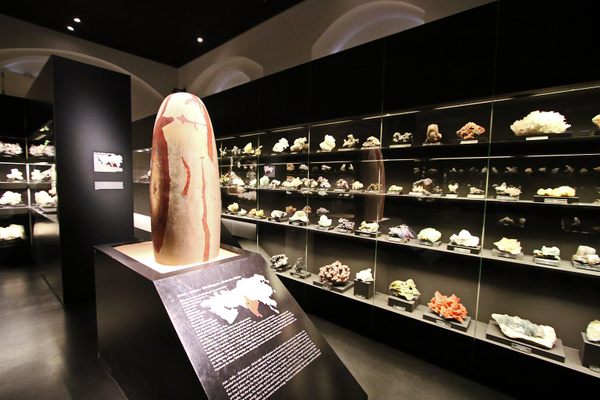About
The rose rock (otherwise known as barite rose, desert rose, or selenite rose) gets its name from its striking appearance: The rock formation is akin to that of a rose in bloom. Its “petals” are layers of flattened crystals that fan outward from its center, giving it a delicate floral look. Their reddish hue adds an extra rosy touch.
This unique formation makes a rose rock easily identifiable even to the most novice of rockhounds. Though it may form individually or in small groupings, some sprout up together in large clusters of rocks that can weigh more than a thousand—yes, a thousand!—pounds.
The rose rock materializes in arid, sandy places around the world like Egypt, Spain, and Mexico. However, it is central Oklahoma where the largest quantity of well-formed rose rocks can be found. These particular stones were created 250 million years ago when the sea that once covered the land retreated and the water began crystallizing around the quartz sand.
Oklahoma is so fond of the flower-shaped stone it made it the official state rock in 1968. The small town of Noble, located just south of Oklahoma City, is known as the “rose rock capital of the world.”
You can see the strange specimens for yourself at the Timberlake Rose Rock Museum. Founded in 1986 by artists Joe and Nancy Stine, it offers visitors a chance to see the beautiful rock in many forms—whether individually or in massive clusters safely contained behind glass. Although you and your fellow rockhounds can mine for your own rose rocks at the nearby Lake Thunderbird, you’ll be hard-pressed to find huge bunches like the ones on display at the museum.
Related Tags
Know Before You Go
The museum is open Wednesdays through Fridays from 10:00 a.m. to 5:30 p.m. and on Saturdays from 10:00 a.m. to 4:00 p.m. Admission to the museum is always free.
Community Contributors
Added By
Published
February 7, 2018






















